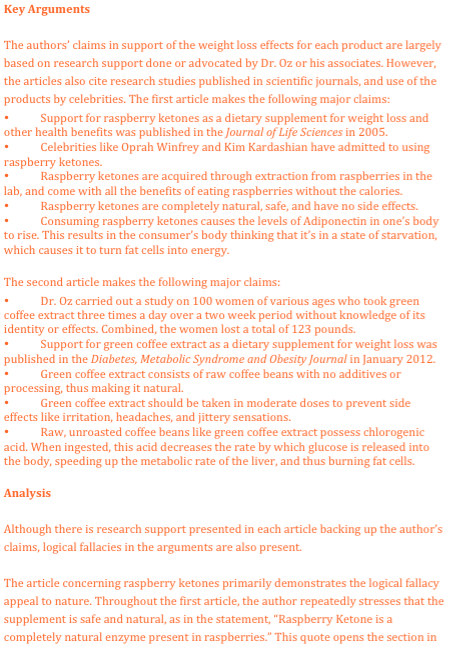Elements:
· Use: Routine
communications (note: not special business circumstances).
o
Disseminational: Informational (e.g., briefing).
o
Requests: Asking for information or action (e.g., legal
pleadings).
o
Imperative: Commands to take action (e.g., management
documents).
o
Good/Bad News: Use coded phrasing (e.g. college acceptances/rejections).
o
Follow-Up: Use goodwill (e.g., interview thank you
letter).
· Tone:
Professional.
· Coded Phrasing:
Phrases with specific meaning (e.g. “We are sorry to inform you…”).
· Goodwill: Make
the suggested actions appealing to the reader by offering alternatives and/or
incentives.
Sections:
· Opening:
Include the purpose of the document, and any actions the reader should take.
· Body:
Include specific details; be more specific as the document progresses.
· Closing:
Include thanks, an invitation for feedback, and a restatement of any actions
the reader should take.
Example:
References:
Kranc, Stan H. "Communiqués." Prezi. Web. 3 May 2015. <https://prezi.com/7ghm-gpp9ujm/communiques/>.






